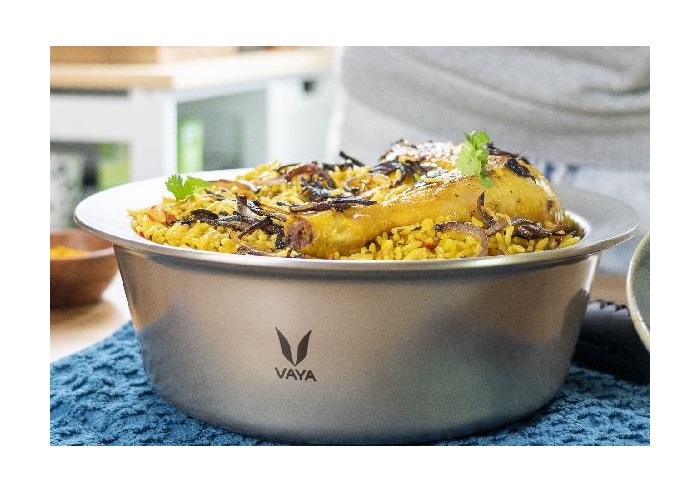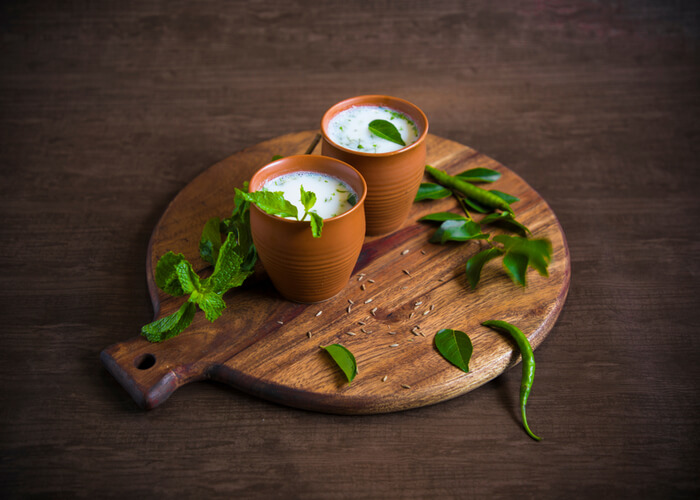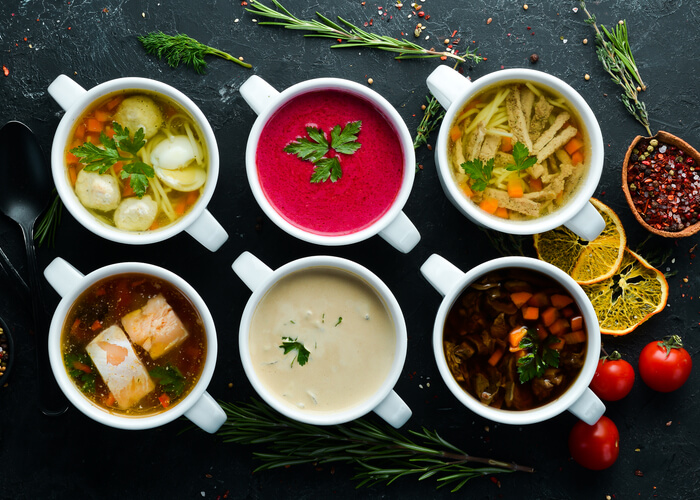Biryani isn’t something anyone can throw together in a flash. Not only for the most famous Hyderabadi biryani, but it is for the others as well, there is a very detailed and long method of making it to get the best tasting product. A great biryani necessitates precisely measured ingredients and a well-honed technique. Biryani was traditionally prepared using the dum pukht process (slow breathing oven in Persian). The ingredients are loaded into a pot and cooked slowly over charcoal, often from the top as well, to allow the dum or steam to do its job. The steaming meat becomes tender in its juices while flavouring the rice in the pot, which is sealed around the edges with dough. The interweaving of the white and coloured rice grains, as well as the chicken pieces or vegetable, is a wonderful sight as layers of freshly prepared biryani are gently mixed.
Not just the preparation, serving authentic biryani is no simple forte either. Biryani tastes its best when served warm, and use of serveware that can retain the warmth and flavor of the biryani – like casseroles, stainless steel hot cases and hot boxes has remained to be a common practice.
Origin
According to legend, when Timur, the Turko-Mongol conqueror, arrived at India’s frontiers in 1398, he brought the precursor to the biryani with him. An earthen pot full of rice, spices, and whatever meats were available would be buried in a hot pit before being dug up and served to Timur’s army during a war effort, according to legend.
According to another legend, the dish was brought to India’s southern Malabar coast by Arab traders who were regular travellers. Oon Soru, a rice dish, was mentioned in Tamil literature as early as the year 2 A.D. Rice, ghee, chicken, turmeric, coriander, pepper, and bay leaf were said to be used to feed military warriors in Oon Soru.
The Nizams of Hyderabad and the Nawabs of Lucknow were both known for their love of biryani’s subtleties. Their chefs’ signature dishes were popular all over the world. These rulers were also responsible for popularising their versions of biryani in various parts of the world, along with delectable accompaniments such as Mirchi ka salan, dhansak, and baghare baingan.
Top Reasons To Love Biryani
Love for biryani is a shared emotion, one that the country shares irrespective of the state, city or the making practices. Here are top reasons why the country favours biryani more than other delicious and rich dishes!
1. Unity and Diversity

India is a diverse country with people from various cultures, religions, and backgrounds. However, one thing that all Indians have in common is a passion for great food. And when it comes to choosing the best dish available, Biryani, served from a casserole, would undoubtedly be the dish of choice for 90% of people.
2. Serving Biryani

Biryani is a dish that has been loved for decades and has simply been passed down from generation to generation. Biryani is enjoyed by people of all ages, regardless of what kind it is or where it comes from. And being served delicious Biryani on a Banana Leaf can feel like paradise, which a Biryani fan can easily relate to.
3. Popularity
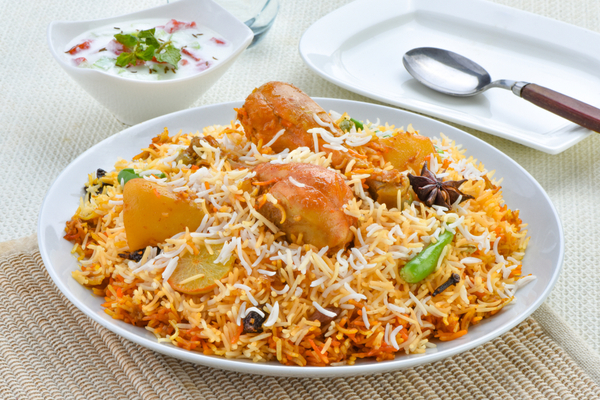
Many researchers and professionals believe that Biryani does not originate in India, but nobody cares about its origin because everyone enjoys eating it. This is why Biryani Spots can be found in every corner of India, and it is also said that no wedding is complete without a Biryani on the main course menu.
4. The First-Time Biryani Was Made
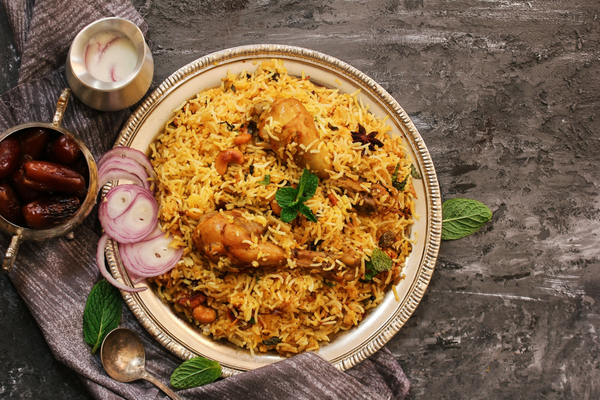
When Mumtaz Begum noticed that a soldier was very poor, she immediately instructed the Head Cook to prepare a balanced diet for the soldier, consisting of rice and animal meat. As a result, the finished product turned out to be Biryani.
5. Varieties of Biryani
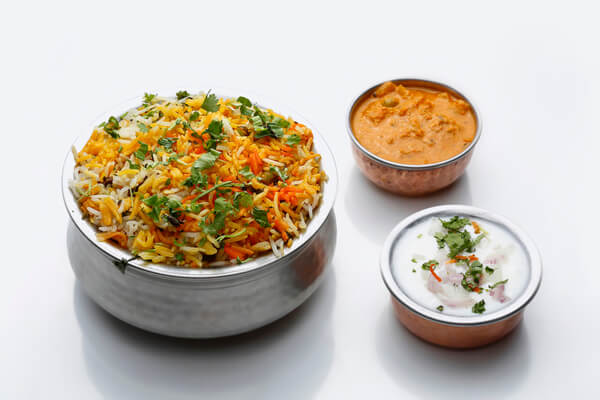
Isn’t it great to be able to choose from a variety of options? This is human nature, and nobody can deny that Biryani comes in a variety of flavours, including Hyderabadi, Biryani, Calcutta, and Malabar Biryani. The only reason to dislike Biryani is the “Confusing Element” when someone have a choice of so many great varieties, all of which have such a great taste and rich ingredients that it is worth trying.
6. All in One Meal
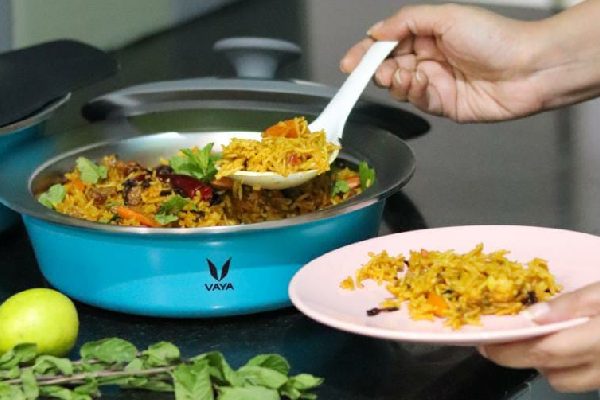
Yes, Biryani, which is made up of meat, basmati rice, a variety of spices, and other rich ingredients, satisfies the requirements of being a complete Indian meal that is enjoyed by all. No matter what a person’s diet is like, there is still space for the world-famous” Biryani.” So, the next time while throwing a party at the house, don’t forget to include Biryani on the menu.
7. Royal Feeling

Meat, expensive Basmati rice, precious Indian spices, and other flavouring materials are used to make Biryani. Many people still consider these foods to be a privilege, and if anyone is lucky enough to be able to consume one, then congratulations. Biryani was the most popular meal in the diet of the Mughals and Nawabs.
8. Rescuer in Cold Winter

When the temperature drops and someone wants to hide under a warm blanket rather than do some work, and they suddenly remember that they are going to get a full plate of hot and fresh Biryani full of meat and rich in ingredients, it’s a feeling that can’t be described in words.
9. Anyone Can Have It at Any Time of the Day

Biryani is not only an “all-in-one meal,” but it is also the only single meal that anyone can eat from the moment they wake up until they want to eat it, which is all day and night. That is correct; any time can be transformed into “Biryani Time.”
Conclusion
To conclude, there are endless reasons to love biryani. It has become quite easy to cook biryani nowadays. After cooking the biryani, it can be stored in a hot box or a casserole to keep it fresh, delicious, and retain the mouth-watering taste. The technique is a bit tricky but once someone gets a hang of it, it is easy to prepare. Aside from technique, spices play an important role in making a good biryani – some recipes use only a few spices, while others use more than 15 different spices. Meat or chicken is often used as the main ingredient, though fish, prawns, and crabs are often used in some coastal varieties. Rosewater, sweet edible ittar and kewra water are also commonly used in biryani, a tradition that dates back to the mediaeval period.

